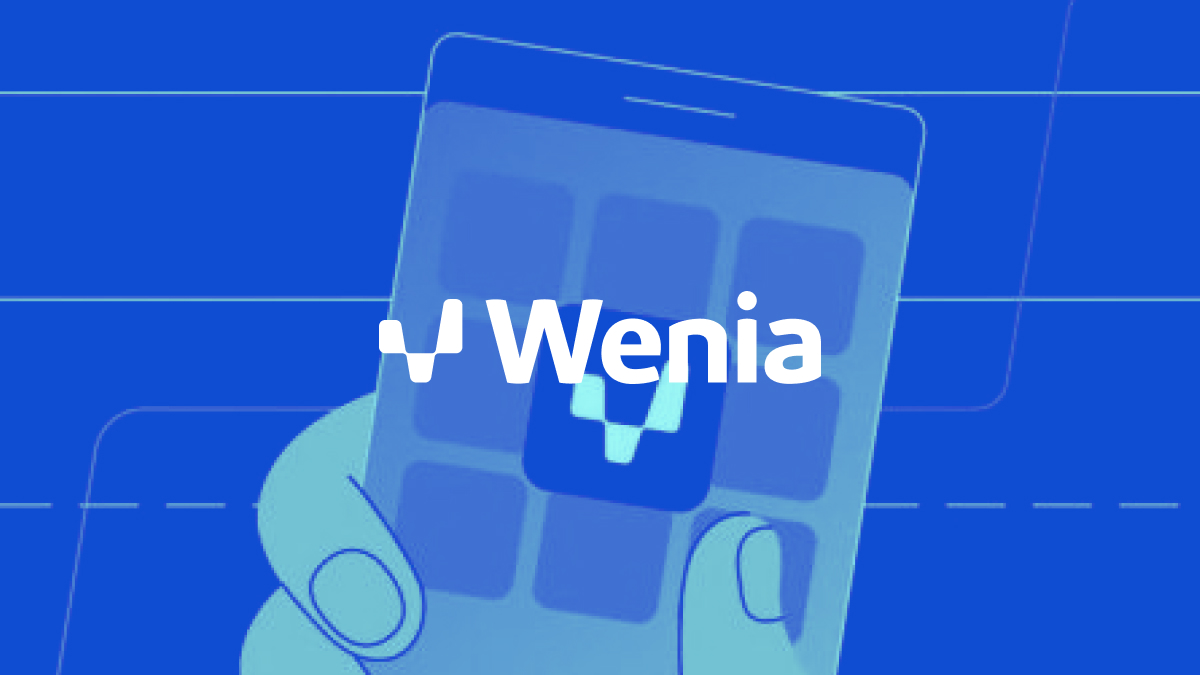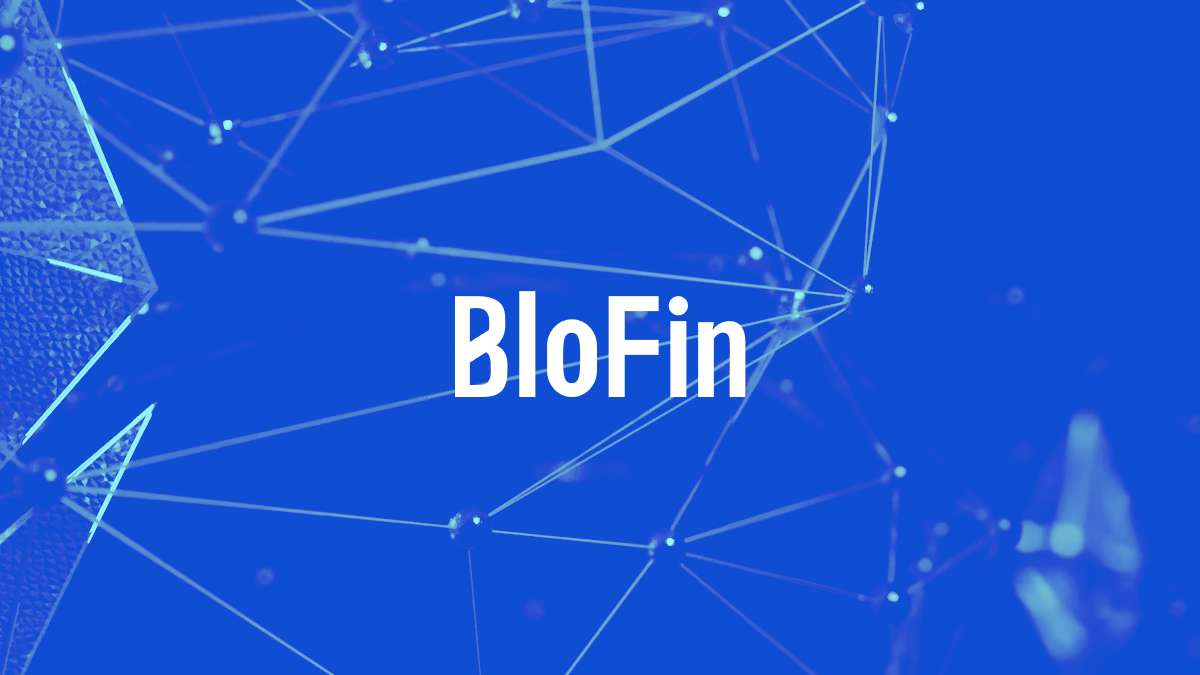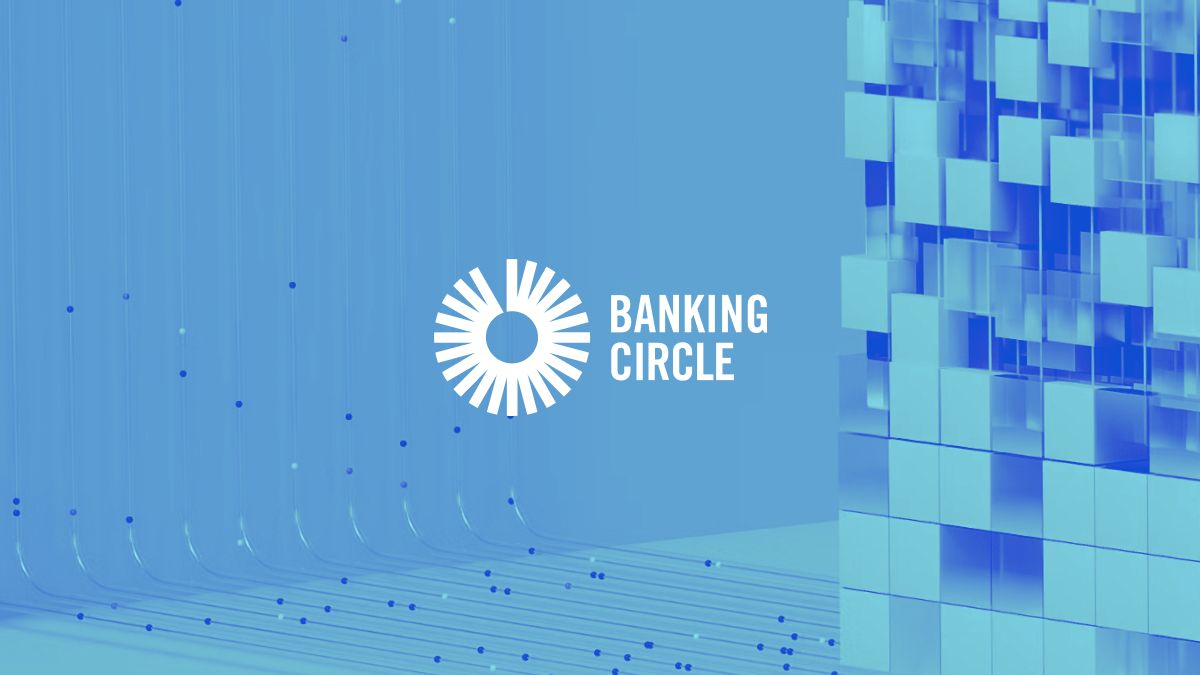About WisdomTree
I’m Jason Guthrie. I'm Head of Product for WisdomTree's Digital Asset division and look after all of the tokenization effort and platform build out, as well as the two primary distribution channels, WisdomTree Prime, which is our direct to consumer offering, and WisdomTree Connect, our institutional platform.
I think the biggest difference between the two is just their mode of operating, you always wanna try to meet your clients where they are and how they want operate is very different. For retail, a mobile first experience is really what they're after – something simple, easy to use, intuitive. Institutions are coming from much more of a custodial asset management kind of perspective. You need to build a workflow that meets when they are. I think, funnily enough, even though their user experience desires are very different, the net of what they want is very, very similar. People that have value capital on chain, they want to stay on chain. And so that goal, we found, is pretty universal. How you deliver that outcome is really a user experience difference between the two. But the net goal is actually the same, which has been an interesting kind of discovery.
Why Fireblocks
The reason that we decided to use Fireblocks was the blending of the ability for us to control. It’s really a security thing. MPC is a solution that enabled us to have a high degree of control and throughput, but also, a lack of a single point of attack was what was a big driver for that decision. I think Fireblocks in particular versus sort of other providers in the market, its the scalability of the platform, its usability, and the amount of control that we're able to inject through transaction policies and the like was a really important feature for us and something that made Fireblocks stand out from other guys in the market.
Transaction policy is definitely a big one. The ability for us to inject a degree of control at the cosigner level has been a really useful feature for us and something we take advantage of quite a bit. It has been a real differentiator when talking to regulators about how we actually have control over this and the points at which we can deal with it. So that one was really good. Beyond the signing security kind of features, I think the continued expansion of the product set has been really good to see from Fireblocks. The addition of tokenization into the UI has been a helpful thing that we use fledgedly, but more and more. You guys have had a very strong focus on the usability of the platform. So if something's in the UI, I can also get it through the API. It's also in the SDK, and our ability to integrate and use it has been a good experience.
Integrating with Fireblocks
The experience has generally been pretty good. I think there's a relatively diverse methodology in which we can do this integration. So in some instances where we’re using the API, the Python SDK kit sits very natively inside our stack given it's primarily what we build in. So a pretty straightforward experience in terms of what we've done. The thing that I noticed about Fireblocks versus the other guys is the kind of customer support around this stuff has been very strong. Dedicated Slack channels, people are always very responsive to things that we need, so even if something isn't very straightforward, the ability for us to get a fix in is an example that's been a big positive too.
What’s next
Over the coming twelve months the build that we've done today has been very focused on, getting the basic infrastructure that we need to offer these products on-chain up and running. A big focus for us going forward is really going to be looking at how we leverage our partnerships in order to really start to get network effects into what's happening here. I think a big part of why blockchain native financial services has the potential to be an order of magnitude better than the existing system is how connected this can all be. And so working with partners like Fireblocks, leveraging things like the Fireblocks Network in order to enable more seamless integration between different players in the space is how we get to a 1 + 1 = 3 situation, and that's really the goal for everybody here.



